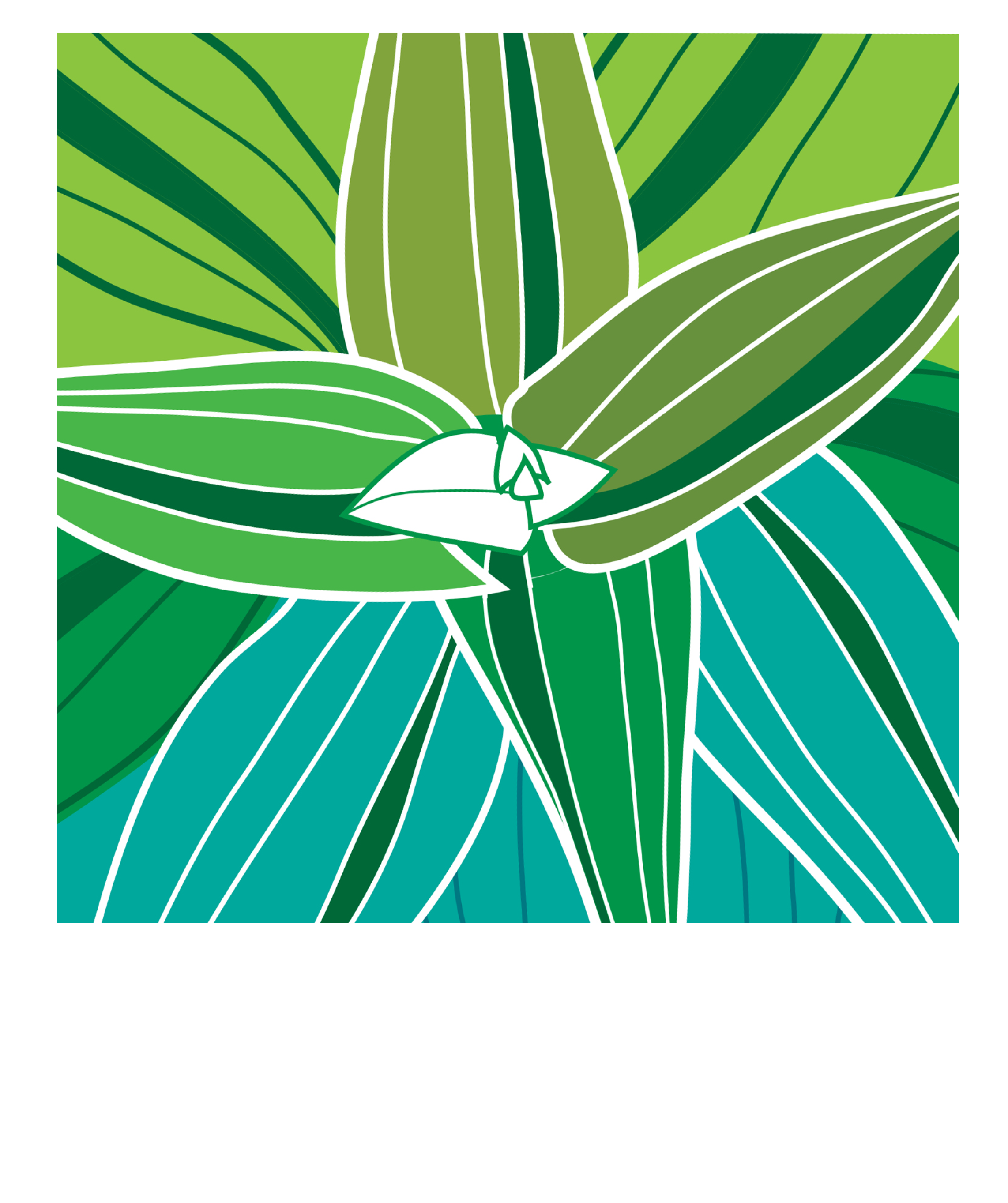
efforts united
The Hawaiʻi Rare Plant Restoration Group
The Hawaii Rare Plant Restoration Group (HRPRG) is an informal alliance of public and private agencies and organizations working to prevent the extinction of native Hawaiian plants and provide for their recovery through integrated in situ (on-site) and ex situ (off-site) efforts through its diverse and committed membership. Partners work collaboratively to sample, propagate, and reintroduce rare plants, and to advance the preservation of native plants and their habitats through effective communication and public education. The HRPRG also serves as the Hawaiian Plant Specialist Group for the IUCN. Read more: http://hrprg2.webnode.com/about-us/
Join us! The best way to stay in touch is through the HRPRG listserv. Sign up!
Resources and Guidelines
One mission of the HRPRG has been to facilitate collaboration by providing standards and guidelines to be used by participating members statewide. Use the links below to download these resources.
Introduction
HRPRG Rare Plant Monitoring Form
HRPRG Rare Plant Monitoring Form Instructions
Guidelines for the Responsible Viewing of Rare Native Plants in the Wild
Brochure: Guidelines for the Responsible Viewing of Rare Native Plants in the Wild
Nursery and Outplanting Phytosanitation Guidelines
Reintroduction Guidelines
Collecting and Handling Protocols
Rare Plant Rescue Decision Tree
Best Management Practices (Living Collections)
Best Management Practices (Naming Rare Plant Locations)
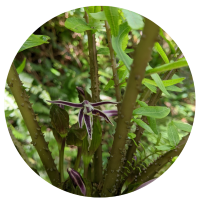
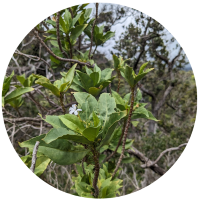
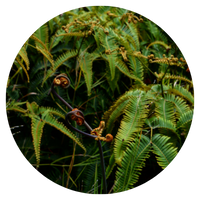
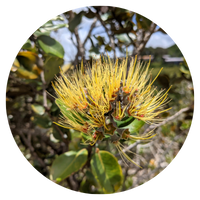
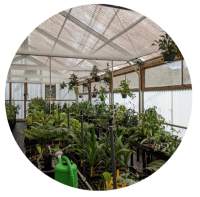
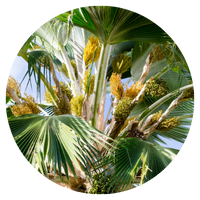
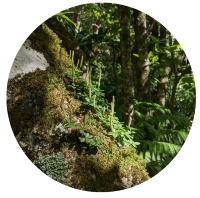
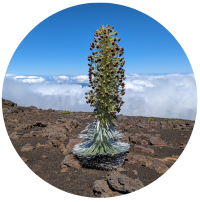
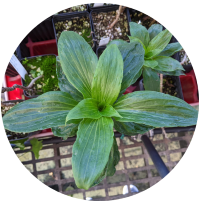
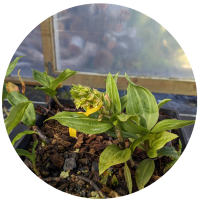
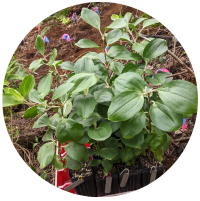
Kimberly Shay is the Laukahi Network Coordinator. Contact: coordinator@laukahi.org
Laukahi has a growing number of partners that help to implement the Hawai‘i Strategy for Plant Conservation by supporting our initiatives, conducting field work to protect native habitats, propagate and secure propagules in ex situ facilities, and do research to inform strategies.
Mahalo to all our partners!
